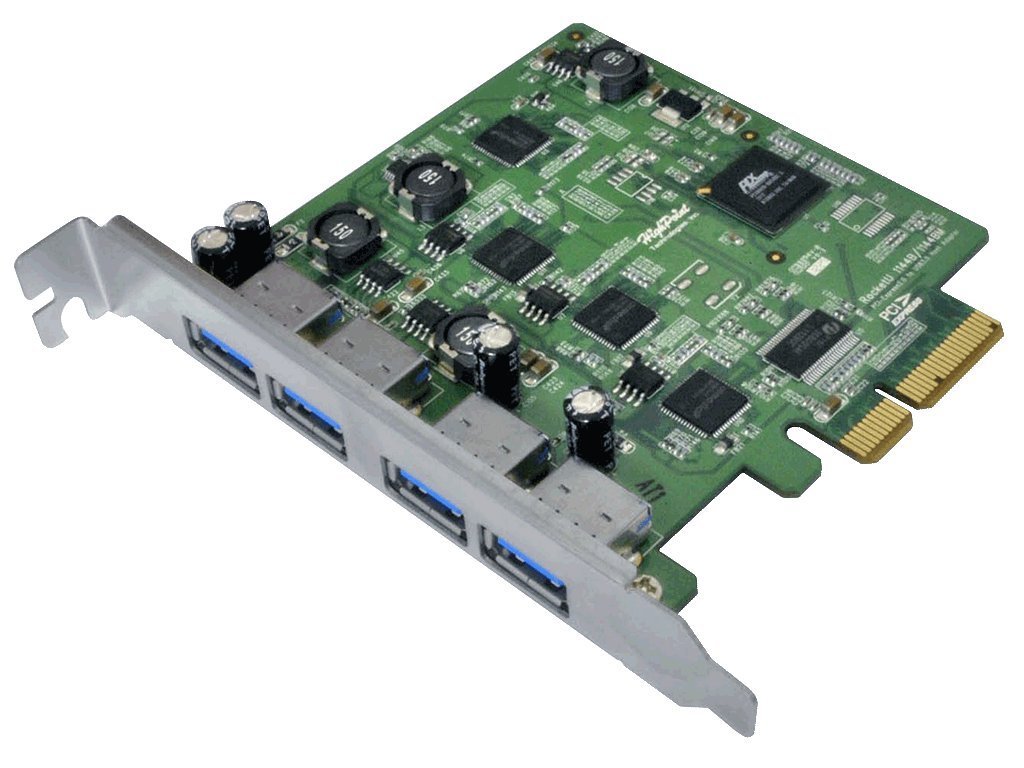I'm trying to set up a Poweredge 2850 as a web server, but as a server novice it's causing me some confusion.
Dell Poweredge 2850 Hard Drive Controller Drivers
Its a virgin install so no data to be lost as yet, so I'd like to get the best arrangement for setting up Windows Server 2008. The box will run IIS, a mail and FTP server.
The current physical arrangement of the hot swap drives is
Serve your critical data from the three 36 GB SCSI hard drives with 10,000 RPM rotational speeds providing up to 108 GB of storage capacity and reliable, high-speed access! Access optical media with its DVD-ROM drive or floppy drive. This Dell PowerEdge 2850 2U Server features an LSI Logic 53C1030 RAID controller with the option for 256 MB cache.
- Oct 24, 2011 - I tried downloading drivers from the dell support site but it seems. Here is the site, I downloaded LSI logic - driver under SCSI RAID controllers.
- Dell PowerEdge 2850 II and SCSI/SAS confusion. But I have worked with quite a few SAS drives in Dell PowerEdge Servers and the connectors look more like a SATA (but different). If you power up the server are you seeing any prompt for a Poweredge Expandable Raid Controller, it will be a CTRL-M to access it. If you do then that is likely.
When I enter the PERC config screens on boot up I've got
I think that drives 0 and 1 are set to RAID 1 and drives 2 and 3 are also set to RAID 1, certainly I can see 2 logical drives, both raid 1 of 69880MB and 139900MB
Now what I think I am getting here is that the 2x 73GB drives mirror each other and the 2x 146GB drives mirror as well? so by my noob thinking if a drive fails I can pull it, insert and new one and it will reduplicate from its matching pair?
I think the flashing amber probably indicates a failing drive in slot 4, should that just be binned?

What confuses me coming from a home user XP background is that when I load up Windows Server 2008 OS under my computer I only see a C drive of about 70GB capacity. i.e wheres the 146GB drive?
Any advice appreciated
3 Answers
Yeah, it sounds like 0 and 1 are RAID 1 (mirror) and 2 and 3 are also RAID 1. As for disk 4, take a look here. That is the manual for your 2850 and shows you what all the various blinking scenarios on the disks mean.

You mention you don't see the second RAID set in Windows. Are you just looking at Windows Explorer? If yes, that's normal. You need to launch Server Manager, navigate to Disk Management and there you should see the 146GB drive. Right-click it to initialize and format the disk and assign it a letter. Once it finishes formatting, you'll see it in Explorer just like the 73GB mirror.
If you've got a drive flashing, and you're not sure it's bad (it should mark it as failed in the bios setup screens), try swapping its place with another of the drives that bring up a green LED. If the amber light follows it, the drive is probably bad.
Assuming that's the case, you are left with 2 73GB drives and 2 146GB drives. Assuming that you don't have any to replace in the blank spaces, I'd do a RAID 1 of 73GB and a RAID 1 of the 146GB.
If you're going to use this for production, you're going to want at least one more 146GB drive to act as a hot spare. I believe that the 146 drives may be able to act as a hot spare to the 73GB mirror, but I'd test that before you rely on it.
If you're in a drive shopping mood, you should be able to find those at a relatively low price. Just search Google Shopping for the model, and you'll also need to search for 'drive carriers' which are the sleds that the drives live in and allow hot swapping.
If you do end up buying more drives, forgo the 73 and just get the bigger drives, then make a RAID-5 array (with one hot spare). Although RAID-5 is generally frowned upon for 'modern' drives, your 146GB drives will be fine.
EDIT
OK, as icky2000 linked to, essentially drive capacity has exceeded the unrecoverable read error (URE) rate, so that 'modern' drives (1-2TB+) in a RAID configuration are statistically likely to suffer an unrecoverable error during the RAID rebuild.
In other words, if a drive dies, and you get a failure during rebuild, your data is gone with RAID5.
Dell Poweredge 2850 Hard Drive Controller Driver Windows 10
You should try using Dell's installation CD/DVD for the install.
Dell Poweredge 2850 Hard Drive Controller Driver Download
You simply boot Dell's disk, and it guides you through a graphical interface for setting up RAID and Windows itself. It is much more friendly than using the text interface at boot.
If you don't have it, download it at support.dell.com.